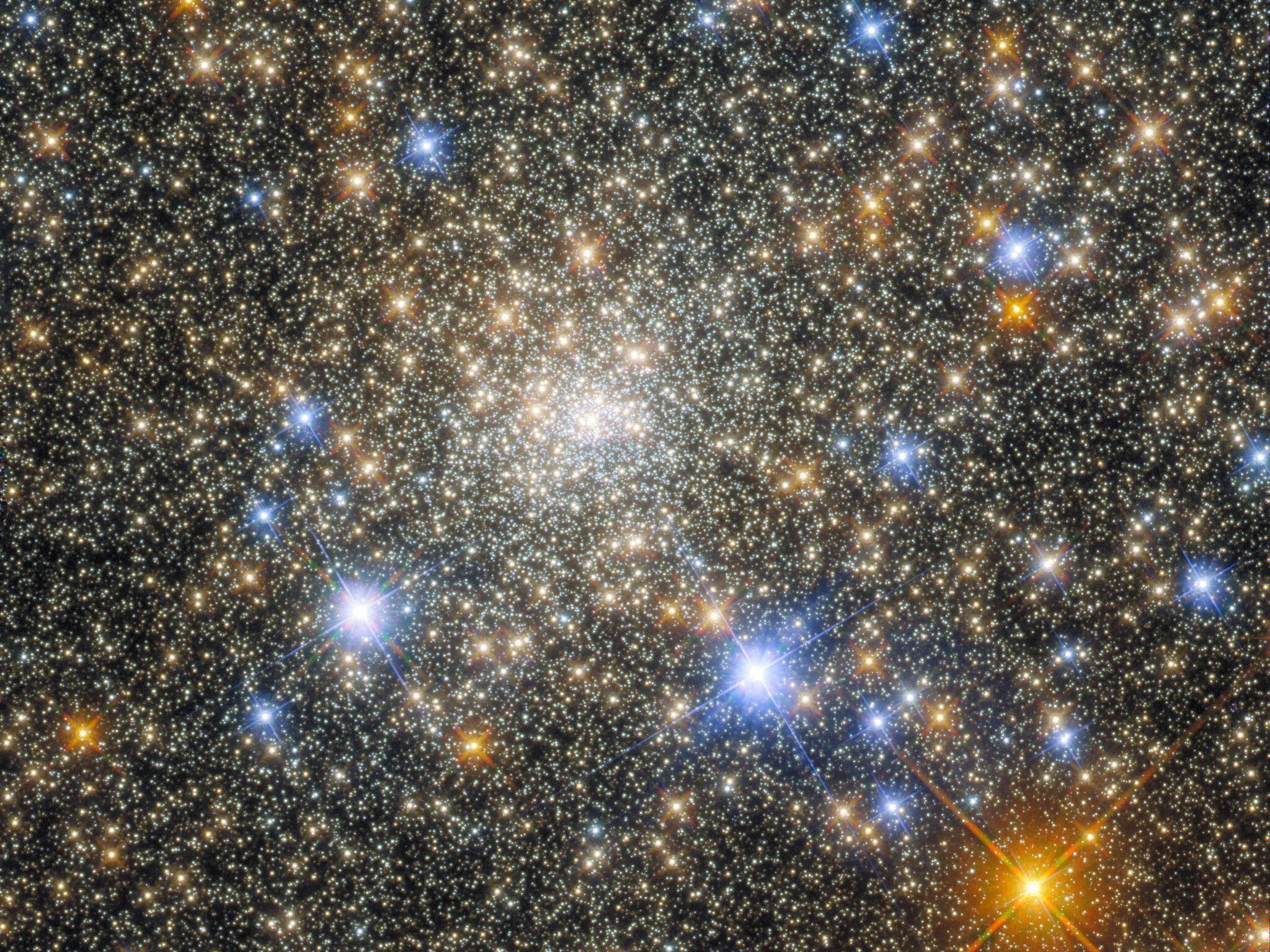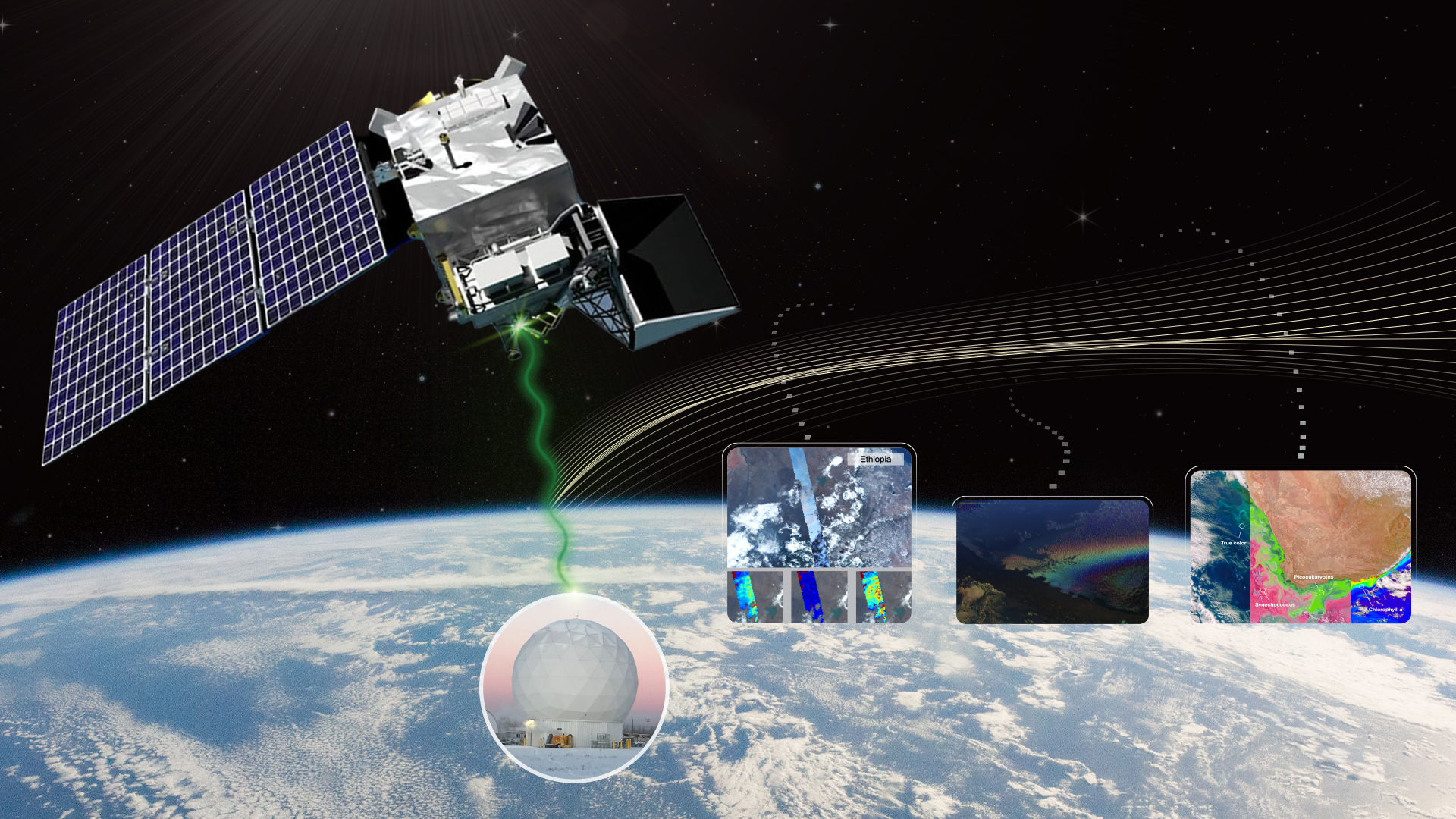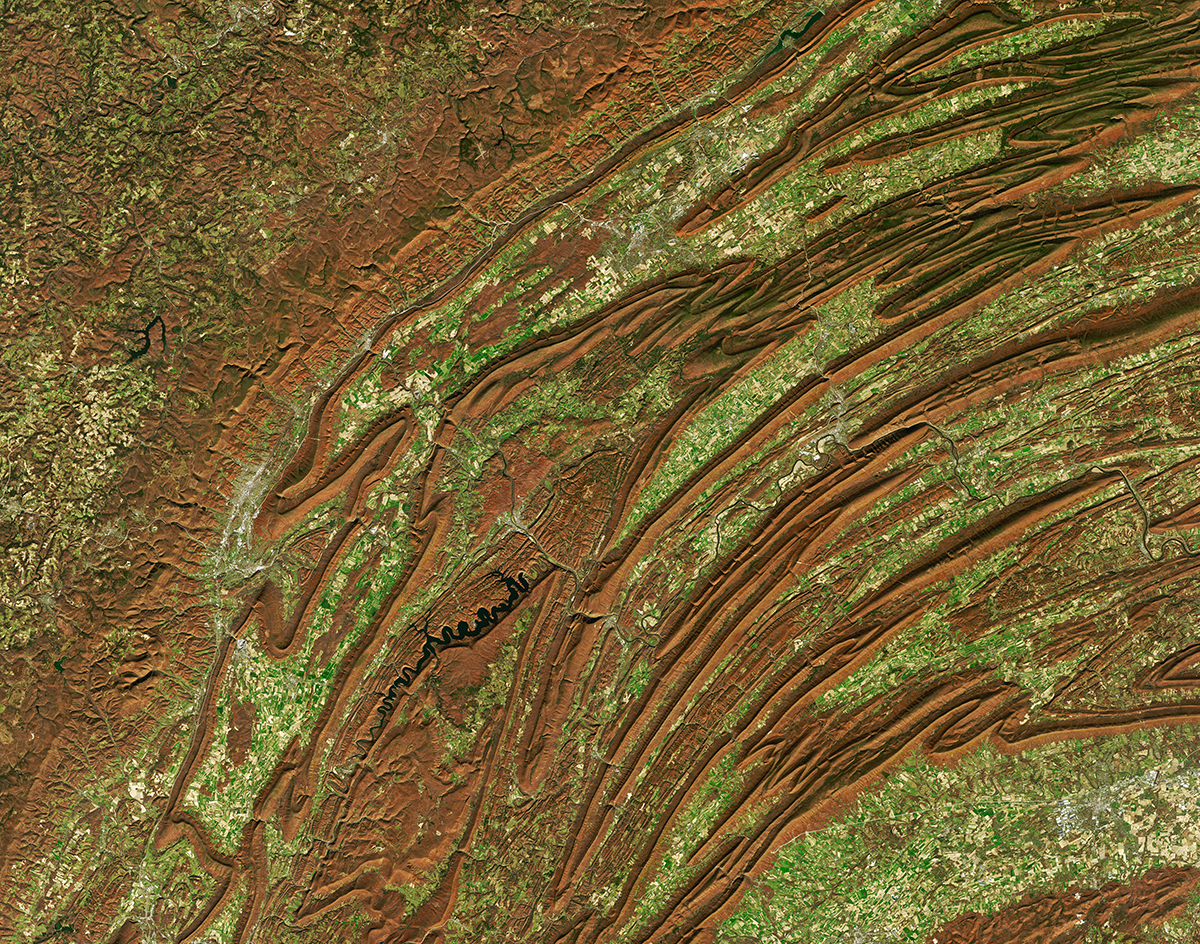1 min read

The globular cluster Terzan 2 in the constellation Scorpio is featured in this observation from the NASA/ESA Hubble Space Telescope. Globular clusters are stable, tightly gravitationally bound clusters of tens of thousands to millions of stars found in a wide variety of galaxies. The intense gravitational attraction between the closely packed stars gives globular clusters a regular, spherical shape. As this image of Terzan 2 illustrates, the hearts of globular clusters are crowded with a multitude of glittering stars.
Hubble used both its Advanced Camera for Surveys and its Wide Field Camera 3 in this observation, taking advantage of the complementary capabilities of these instruments. Despite having only one primary mirror, Hubble’s design allows multiple instruments to inspect astronomical objects. Light from distant astronomical objects enters Hubble where the telescope's 8-foot primary mirror collects it. The primary directs that light to the secondary mirror that reflects the light into the depths of the telescope where smaller mirrors can direct the light into individual instruments.
Text credit: European Space Agency
Media Contact:
Claire Andreoli
NASA's Goddard Space Flight Center, Greenbelt, MD
301-286-1940







